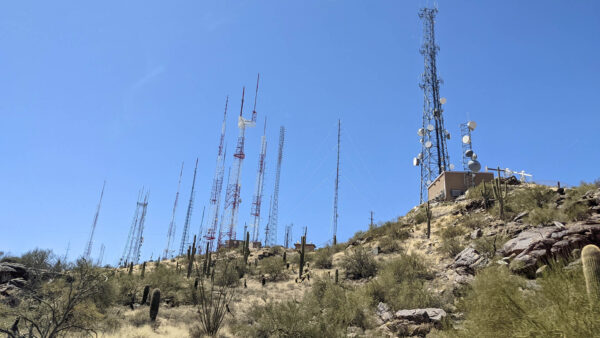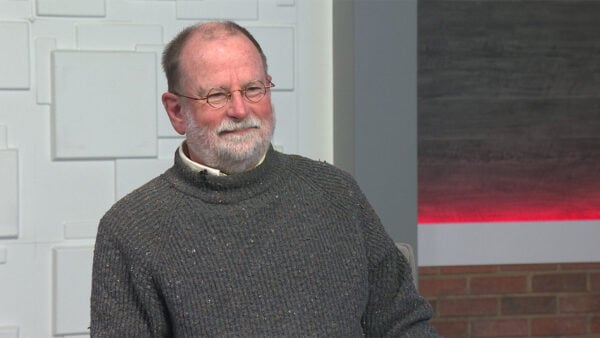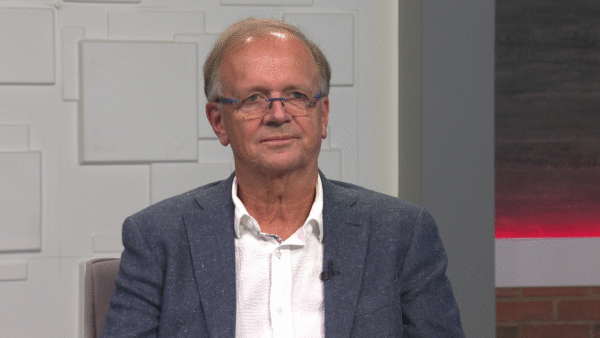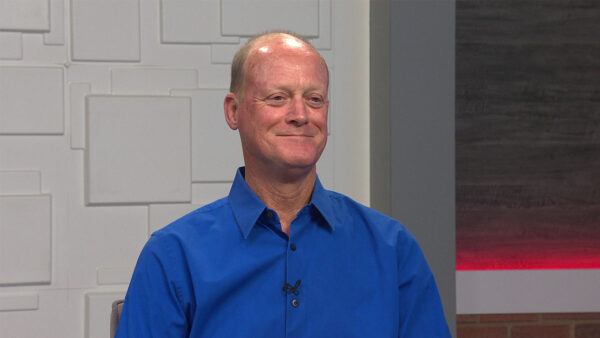ASU scientists uncover oldest Homo species fossils in Africa
Sept. 2
A team of international scientists, including scientists from ASU, has discovered new fossils at a field site in Africa indicating Australopithecus and the oldest specimens of Homo coexisted at the same place in Africa at the same time, between 2.6 million and 2.8 million years ago.
The paleoanthropologists discovered a new species of Australopithecus that has never been found anywhere. This field site has been famous before. In 2013, a team led by Kaye Reed, a research scientist at ASU, discovered the jaw of the earliest Homo specimen ever found at 2.8 million years old. Reed heads up The Ledi-Geraru Research Project. The site has previously revealed the oldest member of the genus Homo and the earliest Oldowan stone tools on the planet.
Christopher Campisano, a geologist at ASU, joined “Arizona Horizon” to tell us more.

From left: Arizona State University Professor Ramon Arrowsmith, President’s Professor Emeritus Kaye Reed and Associate Professor Christopher Campisano discussing teeth found in the Asboli, an area at the Ledi-Geraru site. Photo courtesy of Eric Scott, ASU.
This discovery adds new insight into the complex story of our ancient ancestors and their shared environments, highlighting how fossils like these help scientists piece together the origins of humanity.
“It tells us that there is a lot more to find, and this is sort of the case with discovery driven science in general,” Campisano said. “It’s getting people into the field, boots on the ground, the more time you’re looking for things, the more things you’re going to find.”
The site continues ASU’s legacy of groundbreaking paleoanthropology, following in the footsteps of Dr. Donald Johanson, founding director of the Institute of Human Origins at ASU. Fifty years ago, Johanson discovered “Lucy,” the iconic fossil that transformed our understanding of human evolution. Celebrate 50 years of learning from Lucy in a special from Arizona PBS, “Lucy’s Lasting Legacy.”
























